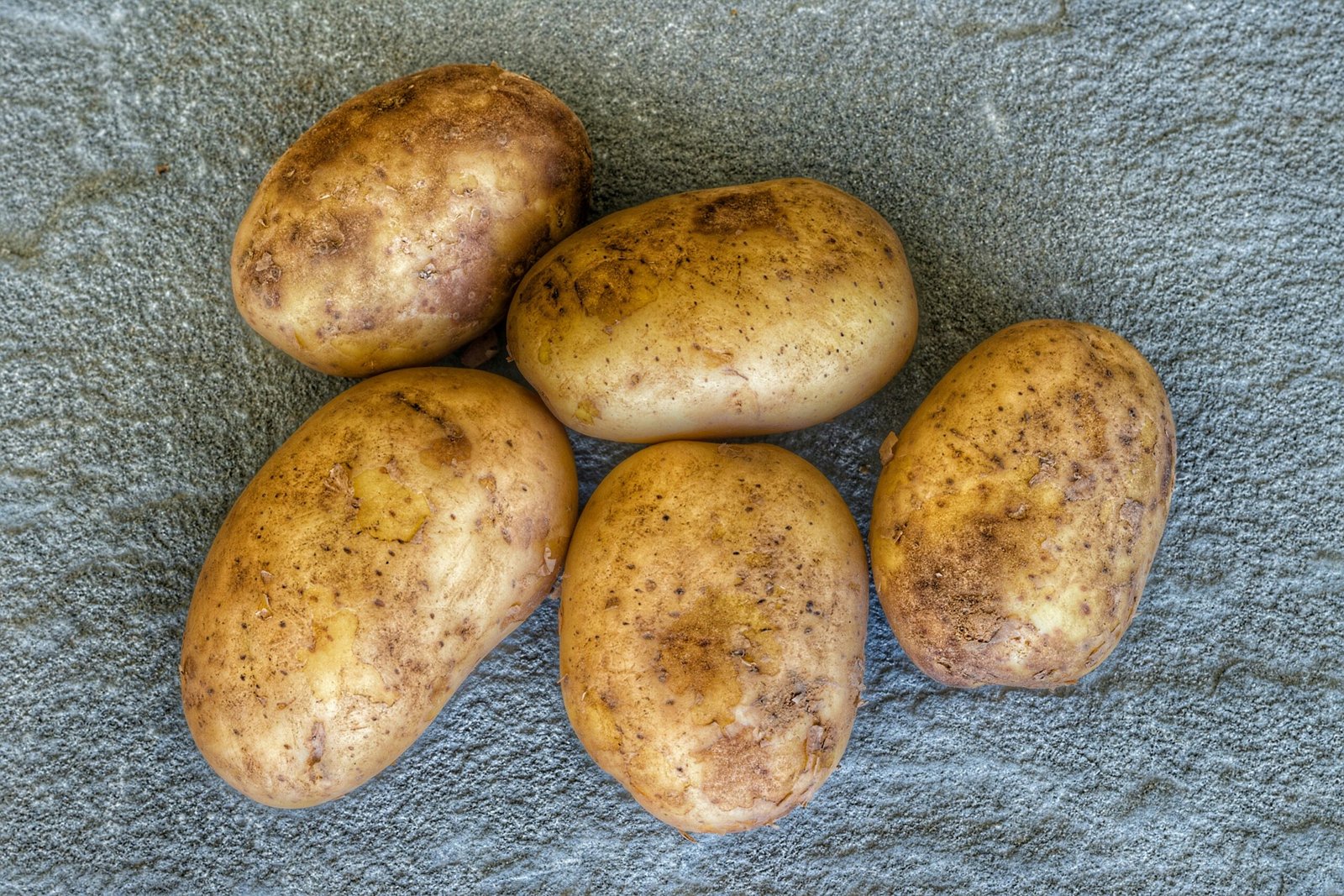Understanding Potato Starch: Importance and Quality Indicators
Potato starch, derived from potatoes, plays a critical role in multiple industries, ranging from food production to pharmaceuticals and textiles. its versatility and functional properties make it a crucial ingredient in various formulations. In the food industry, potato starch is primarily employed as a thickening agent, stabilizer, and texturizer. Its ability to provide a smooth texture and enhance the mouthfeel of products is highly valued in applications like sauces, soups, and gravies. In the pharmaceutical sector, potato starch serves as a binding agent and disintegrant in tablet formulations, ensuring the proper dosage and bioavailability of active ingredients. In textiles, it is utilized to improve the luster and handle of fabrics, contributing to the overall quality of the final product.
Understanding the quality indicators of potato starch is essential to ensure its suitability for these applications. Key indicators include purity, viscosity, moisture content, and granule size. Purity reflects the absence of impurities and contaminants, which is vital for maintaining quality standards. High purity potato starch contributes to the integrity of food products and pharmaceuticals. Viscosity, measured in terms of how thick a starch suspension becomes, is crucial for determining its thickening ability. Different applications may require specific viscosity levels; hence, testing for viscosity is essential for manufacturers.
Moisture content is another critical quality indicator, as excessive moisture can lead to spoilage or degradation of the starch during storage. Maintaining an optimal moisture level helps extend shelf life and preserves functionality. Finally, granule size plays a significant role in the performance of potato starch within formulations. Smaller granules tend to dissolve more quickly and provide better textural properties. By understanding these indicators and employing the appropriate testing equipment, stakeholders can ensure the production of high-quality potato starch, suitable for export and various industrial applications.
Essential Equipment for Testing Potato Starch Quality
Potato starch testing quality is crucial for ensuring that it meets the required industry standards and specifications. Various laboratory devices are employed in this process, each serving specific functions that contribute to an accurate quality assessment. Key equipment includes viscometers, moisture analyzers, sieves, and purity testers.
Viscometers are essential in determining the flow characteristics of potato starch suspensions. These devices measure the viscosity, which is an important parameter affecting the performance of starch in food products and industrial applications. Accurate viscosity measurements facilitate the evaluation of starch’s thickening and gelling properties, making viscometers a fundamental tool in starch quality testing.
Moisture analyzers play a pivotal role in assessing the moisture content of potato starch. Controlling moisture levels is critical, as high moisture can lead to spoilage and reduced shelf life of the product. These analyzers utilize various methods, such as infrared heating, to provide quick and accurate moisture readings, ensuring that the potato starch is within acceptable limits.
Sieves are instrumental in determining the particle size distribution of powdered potato starch. Particle size can significantly influence the starch’s performance in various applications, including food processing and pharmaceuticals. Using standard sieves allows laboratories to classify starch based on its size, enhancing quality control procedures.
Purity testers are designed to evaluate the presence of impurities within potato starch samples. This type of equipment typically tests for foreign materials, such as fibers or other starch types. Ensuring high purity is essential for maintaining product quality and meeting customer expectations.
Technological advancements have significantly improved these testing devices, enhancing their accuracy and efficiency. For instance, automated systems now allow for more streamlined operations, reducing the potential for human error while increasing throughput. When selecting appropriate devices for testing potato starch quality, laboratories must consider specific testing needs, ensuring that the chosen equipment aligns with their operational goals and quality standards.
Standard Procedures for Conducting Potato Starch Quality Tests
Conducting quality tests for potato starch involves a series of systematic procedures aimed at ensuring the accuracy and reliability of the results. The process begins with the preparation of the samples. Proper sampling is critical; samples should be taken from different batches to ensure a representative assessment of the potato starch quality. Once collected, samples should be stored in clean, airtight containers to prevent contamination or moisture uptake before testing.
The next step involves the calibration of the testing equipment. This is crucial as it ensures that the results obtained are valid and reproducible. Calibration should be performed following the manufacturer’s recommendations, using standard reference materials that match the potato starch specifications. Laboratory balances, viscometers, and moisture analyzers should be calibrated to measure parameters such as viscosity, moisture content, and granule size accurately.
Following calibration, the execution of tests for various indicators can commence. Common quality indicators for potato starch include moisture content, viscosity, and the size distribution of granules. Each test should be carried out under controlled conditions to avoid variations that could skew results. For viscosity measurement, for instance, the samples are subjected to a specific temperature and shear conditions to determine how the starch behaves under processing conditions.
Throughout the testing process, strict adherence to safety protocols is essential. Laboratory personnel should wear appropriate personal protective equipment (PPE) and follow guidelines for handling chemical reagents and other materials. Ensuring a clean and organized workspace not only promotes safety but also enhances the accuracy of testing results as cross-contamination can lead to erroneous data.
Once all tests have been conducted, results must be meticulously recorded. Accurate documentation of each test, including any observations, is critical for traceability and future reference. Calibrated equipment’s performance and condition should also be noted, as this information supports the overall reliability of the data obtained and guides any necessary future adjustments.
Exporting Potato Starch: Regulations and Documentation Requirements
Exporting potato starch involves navigating a complex landscape of regulations and documentation requirements that vary across regions and countries. To ensure that the potato starch meets international standards, it is crucial for exporters to familiarize themselves with the applicable regulations. Typically, these regulations encompass quality assurance, safety, and compliance with food safety standards as mandated by importing countries.
One of the primary documents required for exporting potato starch is the Certificate of Analysis (CoA). This document certifies that the product has been tested for its composition, quality, and safety, providing essential information such as moisture content, ash content, and contaminants. The CoA typically accompanies the goods and is vital for establishing the product’s quality prior to entry into foreign markets.
Another important document is the health certificate, which serves as proof that the potato starch has been processed in accordance with international health regulations. Issues such as the presence of mycotoxins or pathogenic microorganisms must be addressed, as many countries have stringent health standards to protect consumers. Furthermore, obtaining an export permit from relevant authorities is necessary to comply with both domestic and international trade laws.
Understanding Starch: Types and Varieties Based on Starch Content
It is noteworthy that quality testing results can significantly impact the exportability of potato starch. Having verifiable quality checks that align with global market standards not only enhances the product’s reputation but also facilitates smoother customs clearance processes. Failure to meet such standards can result in delays, rejection of shipments, or even penalties. Therefore, exporters must maintain meticulous quality control measures and documentation that reflect their commitment to producing high-quality potato starch.
Understanding these requirements is essential for successful international trade in potato starch, ensuring compliance with both regulatory frameworks and customer expectations.
Import Standards for Potato Starch in China: A Comprehensive Guide





Potatoes: Varieties, Starch Content, And Improvement
[…] starch content in potatoes varies significantly based on genetic and environmental factors. Typically, potatoes classified as […]
Exploring Potato Tourism Villages: A Gem For Near Sahiwal And Okara
[…] Development: Agricultural and Potato tourism village will boost the local economy, increasing farmers’ […]